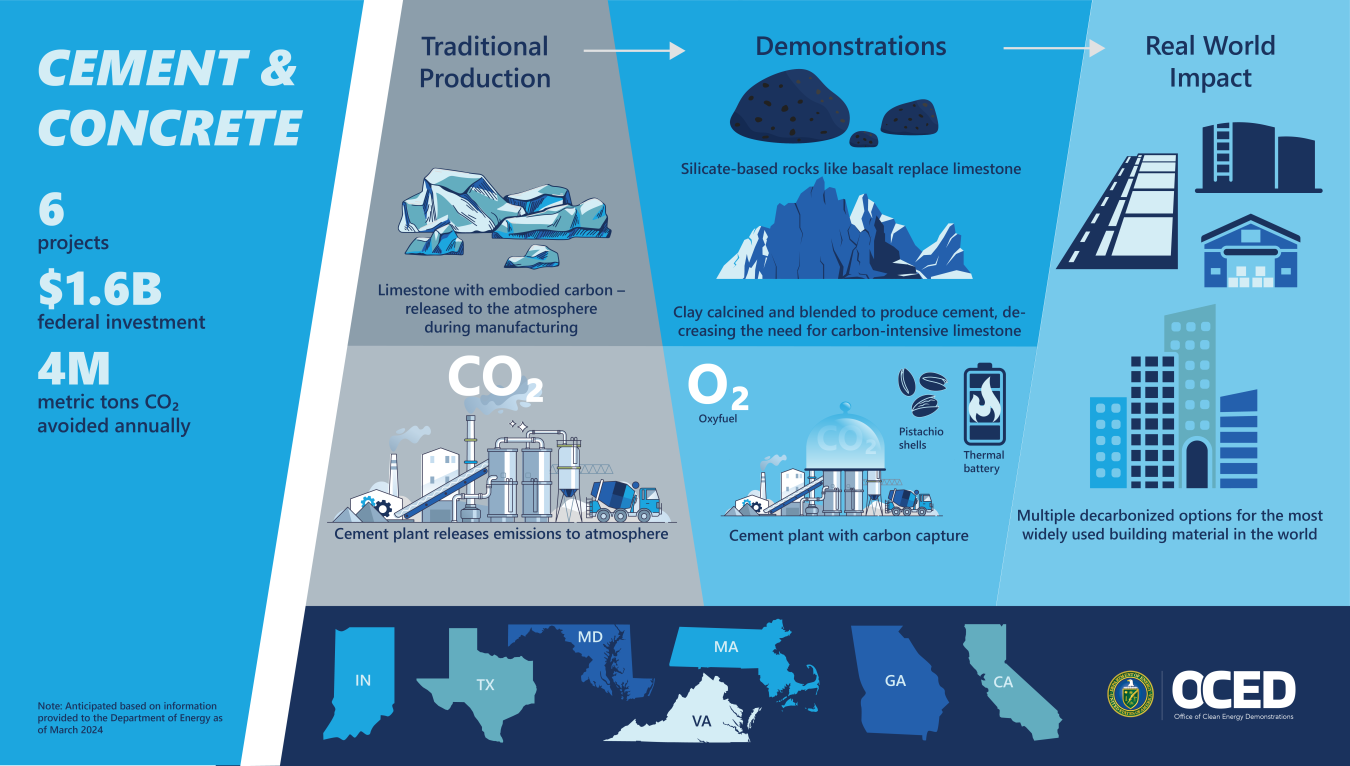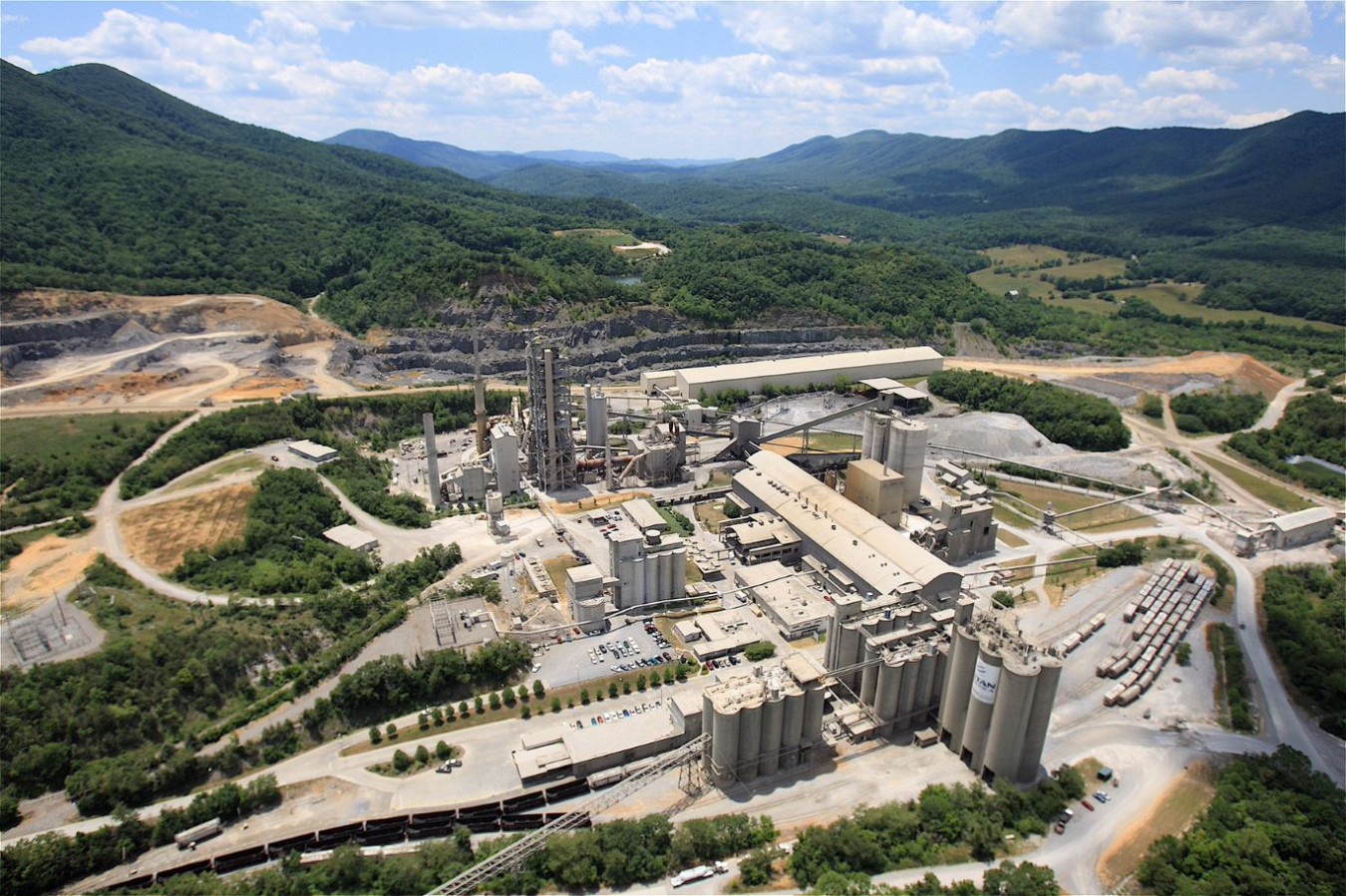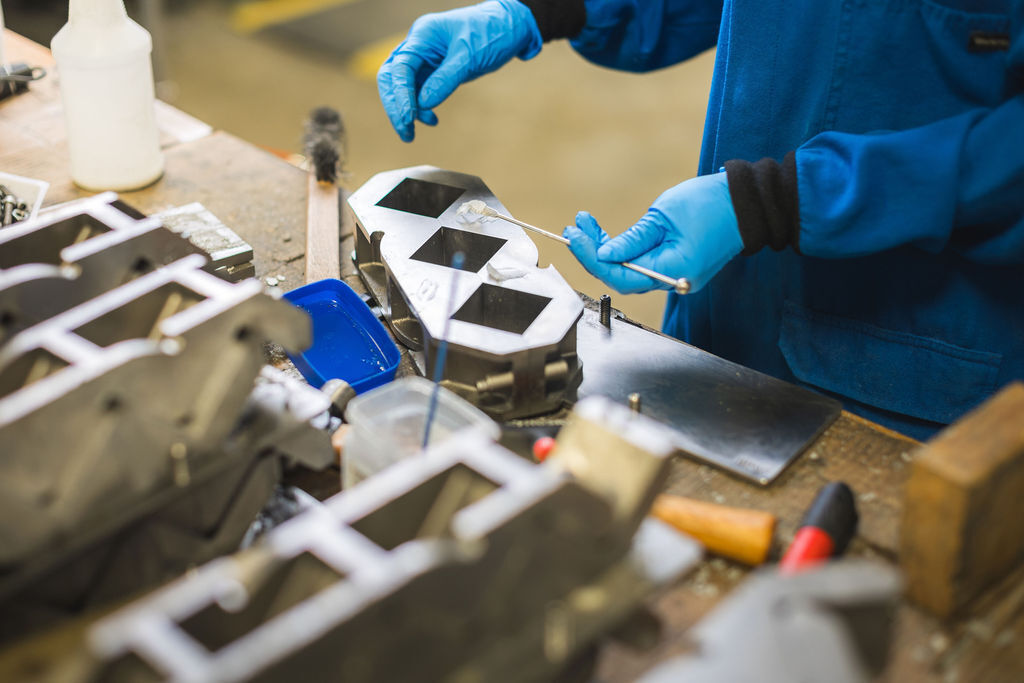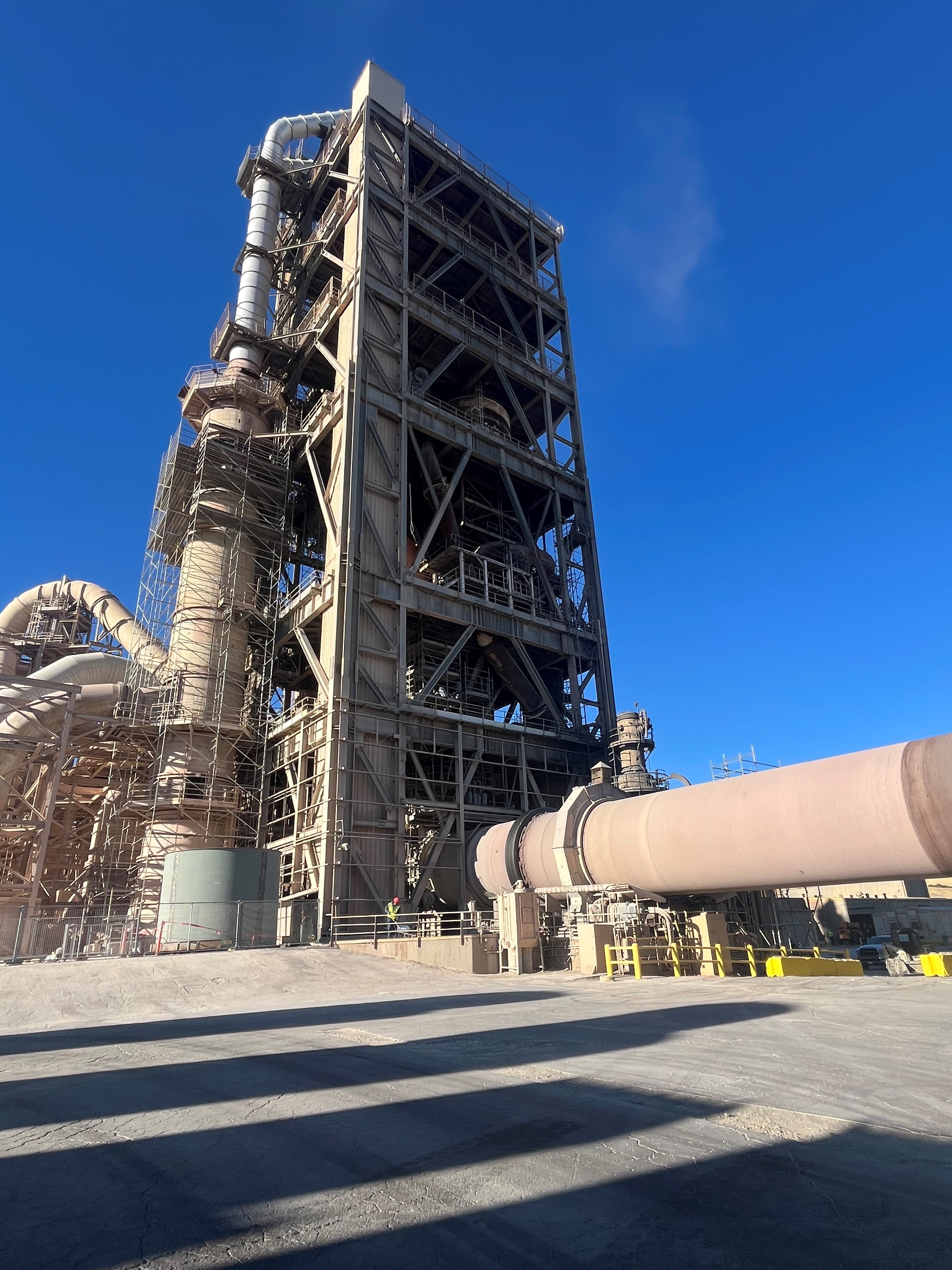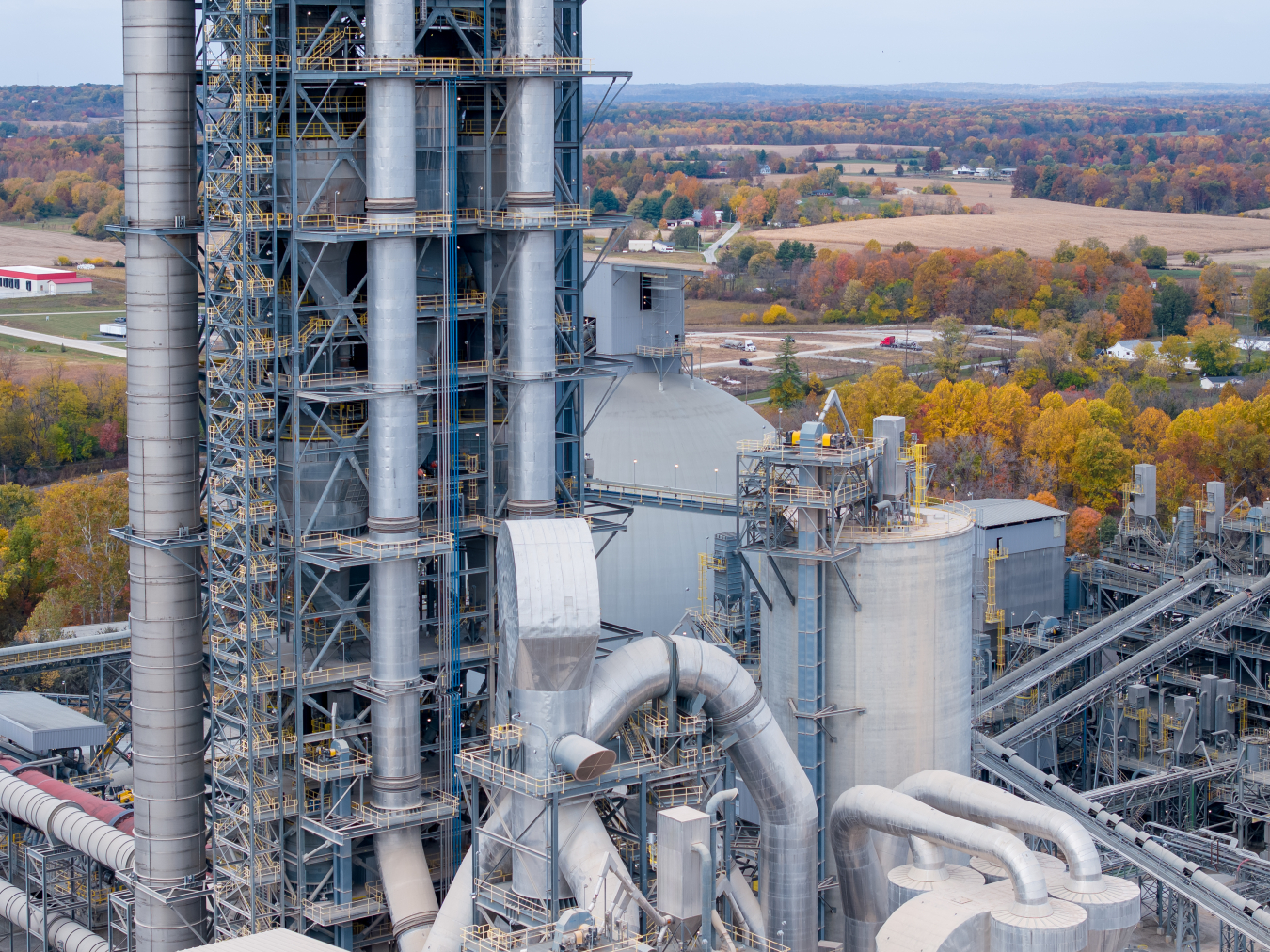Location: Troutville, VA
Federal Cost Share: Up to $61.7 million
Recipient: Roanoke Cement Company, LLC
Project Summary: The Calcined Clay Production for Limestone Calcined Clay Cement project, led by Roanoke Cement Company (RCC), plans to demonstrate the ability to utilize widely available clay types to minimize the use of clinker, the most carbon-intensive component in cement production. This project would also help validate the market for calcined clays in a region with high demand for the material, and anticipates reducing the carbon intensity by an approximate 83% compared to products with clinker.
Location: TBD
Federal Cost Share: Up to $189 million
Selectee: Brimstone Commercial, LLC
Project Summary
The Deeply Decarbonized Cement Project, led by Brimstone Commercial, LLC (Brimstone), plans to construct a first-of-a-kind commercial-scale demonstration plant that would annually produce an estimated 103,000 metric tons of decarbonized industry standard Ordinary Portland Cement (OPC), supplementary cementitious materials, and smelter grade alumina, a critical mineral. The project would avoid more than 77,000 metric tons of carbon dioxide emissions per year by using calcium silicate rocks and alternative industrial production methods. Further validating research pathways, previously supported by Advanced Research Projects Agency–Energy (ARPA-E), the project expects to reduce technical risks and demonstrate sufficient demand to support the development of future industrial-scale decarbonized industrial manufacturing facilities.
Location: Holyoke, MA
Federal Cost Share: Up to $86.9 million
Recipient: Sublime Systems
Project Summary: The First Commercial Electrochemical Cement Manufacturing project, led by Sublime Systems, plans to build a new, ultra-low-carbon cement manufacturing facility in Holyoke, Massachusetts. Sublime Systems’ new method to make cement replaces carbon-intensive limestone with an abundant calcium silicate-based feedstock, resulting in industry-standard cement that is produced electrochemically instead of using high heat.
By demonstrating this transformational process that was previously supported by ARPA-E, Sublime Systems would strengthen American supply chains for low-carbon products and catalyze industry-wide change.
Location: Lebec, CA
Federal Cost Share: Up to $500 million
Selectee: National Cement Company of California, Inc.
Project Summary
The Lebec Net Zero Project, led by the National Cement Company of California, Inc. (NCC-CA), plans to produce carbon-neutral cement at the Lebec, CA cement plant. The project plans to deploy three strategies: using locally sourced biomass from agricultural byproducts such as pistachio shells to replace a portion of the plant’s fossil fuel reliance; producing limestone calcined clay cement (LC3) using a less carbon intensive alternative (calcined clay); and capturing and sequestering the plant’s remaining carbon dioxide emissions, estimated at 950,000 metric tons each year. This project aims to demonstrate how a combination of decarbonization levers can drive emissions associated with existing U.S. cement production facilities to net-zero.
Federal Cost Share: Up to $500 million
Recipient: Heidelberg Materials US, Inc.
Location: Mitchell, Indiana
Project Summary: The Mitchell Cement Plant Decarbonization Project, led by Heidelberg Materials US, Inc. (Heidelberg Materials), plans to construct and operate an integrated carbon capture, transport, and storage system at their newly modernized plant located in Mitchell, Indiana. This project would capture at least 95% of the carbon dioxide from one of the largest cement plants in the nation and store it in a geologic formation beneath the plant property. This project expects to prevent two million tons of carbon dioxide per year from entering the atmosphere and would demonstrate a pathway to decarbonize existing cement plants in the U.S. This project builds on the ongoing OCED awarded front-end engineering and design study and sequestration site development and represents one of the first carbon capture and storage projects for cement facilities in the nation.
Selections Under Award Negotiation
DOE's selection of an application for award negotiations is not a commitment by DOE to issue an award or provide funding. DOE and each selectee will negotiate a cooperative agreement, and any DOE funding would be provided only after negotiations are complete and DOE's Contracting Officer executes the funding agreement. Before a funding agreement is executed, DOE may cancel award negotiations and rescind the selection for any reason.
Project Name: Low-Carbon Calcined Clay Cement Demonstration
Location: Port Deposit, Maryland; McIntyre, Georgia; Elmendorf, Texas; Sulphur Springs, Texas
Federal Cost Share: Up to $215.6 million
Selectee: Summit Materials, Inc.
Project Summary
The Low-Carbon Calcined Clay Cement Demonstration project, led by Summit Materials, Inc., plans to construct four new calcination facilities in Maryland, Georgia, and Texas. This project would demonstrate the viability of displacing high-emitting limestone-based cement with a clay-based product in multiple geographies. As cement and concrete are produced across the U.S. and close to the customer, this project’s range of sites builds the case for this demonstration’s replicability given that clay sources and availability of cementitious products around the country are highly diverse. The scale of this project would also offer the potential for substantial emissions reductions, preventing 1.1 million metric tons of carbon emissions per year from entering the atmosphere, while also addressing 2% of the U.S. 2030 projected demand for cement.
The project expects to generate more than 4,000 direct, indirect, and induced jobs across the four sites during the project lifetime. At each site, Summit plans to negotiate a Community Workforce Agreement or Project Labor Agreement for the construction phases. The project’s community engagement goals and strategies may evolve at each location to respond to community needs. Summit also plans to provide tailored workforce training investments, which may include establishing manufacturing training certifications, engineering programs, and other partnerships with local workforce and educational institutions.


